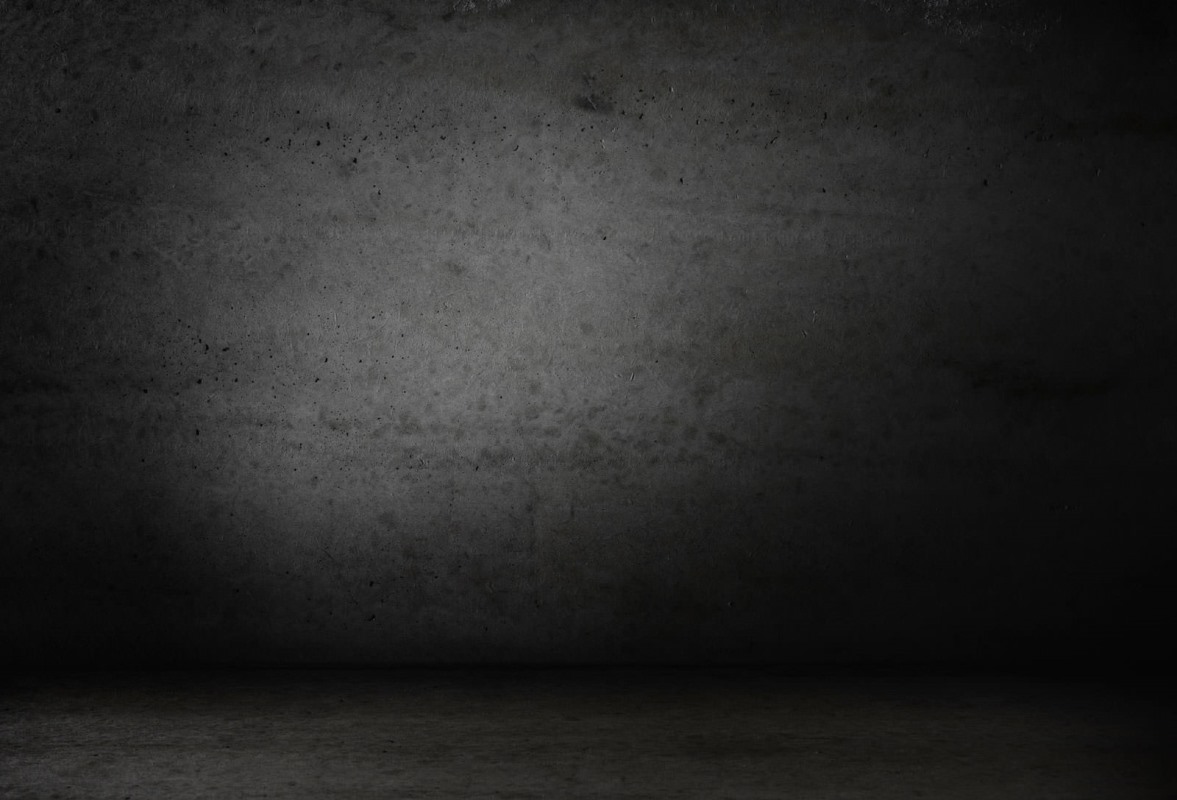

Howdo you conceive of the Préludes, le relationship between Livre
I and Livre II?
(1)
P. B.
: For me, it is a sum total, even if he took a new step with Livre II. In fact, it’s
almost the same as with the
Images
, whose second series goes farther than the
first in a quest for the total freedom of sound, in the extraordinary discoveries into
timbre. In my opinion, after the interlude of
Children’s Corner
, the
Préludes
represent
the quintessence of Debussy’s art. The concision is primordial and they offer an
amazing variety, including atmospheric works, slow and meditative pieces and
others that are clearly wittier. Some pieces seem to be a step backward,
La fille aux
cheveux de lin
or
Bruyères
,for example, have a slightly archaic-style language. Others
are extremely forward-looking: B
rouillards, Les fées sont d’exquises danseuses, Feux
d’artifice
and
Les tierces alternées
which prefigure the
Etudes
. Livre II of the
Préludes
returns to the experimental work of Series II of the Images, and goes even further
in this direction than does Livre 1, which is less abstract and more accessible—and
which was always a favorite with audiences. Within Livre II, I would like to point
out
Canope
in particular. Inmy opinion, thiswork is one of themost beautiful pieces
of music ever written; a meditation on death, perhaps, and on vanity, without a
doubt. When it is over, you feel as if everything has been said: music no longer
needs any “pretext.” Debussy launched into a purely abstract mode with
Les tierces
alternées
. This was followed by
Feux d’artifice
, the last of the
Préludes
, a fairly brilliant,
atonal piece—as it would be very difficult to say what key it is in—in which you
detect a jubilation in the use of the piano techniques and interpretation at his
disposal.
PHILIPPE BIANCONI 21

















